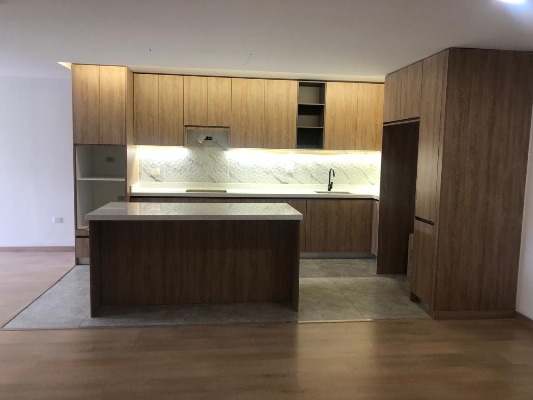THE FIXERTalking about Cuenca’s buses: let’s focus on the improvements we can make today
Something that almost all Cuenca expats agree on is that the city’s bus system is in serious need of improvement. With the new mayor Paul Granda talking about making changes, particularly in the historic district, this seems to be a good time to look at the problems and possible solutions.
First –and most noticeable– the buses cause a lot of air pollution. Some are recommending that the entire fleet be replaced with gas burners , probably using compressed natural gas, since the country is blessed with a fair supply of it. Though this would help in the pollution department it would be very costly to replace the entire fleet, especially if this was done in a hurry. And … a fleet change would not address some other important issues. Consider the following.
, probably using compressed natural gas, since the country is blessed with a fair supply of it. Though this would help in the pollution department it would be very costly to replace the entire fleet, especially if this was done in a hurry. And … a fleet change would not address some other important issues. Consider the following.
A hurried change-over to gas would create another problem. The production, storage and distribution of pressurized fuel poses huge logistical and safety issues. A lot of planning is necessary to make such a conversion.
The other problem is the fact that buying an entire fleet of new buses is expensive. The current machines were far from cheap, many of them are almost new, and most of them are still very serviceable.
So the question becomes, what are some less expensive short-term options for improving  the bus situation?
the bus situation?
I would submit that the best options are better maintenance of equipment and better training for the drivers.
One annoyance that can escalate quickly into a dangerous situation is the "hot rodding" often displayed by Cuenca bus drivers. The unnecessarily harsh "dropping" of the clutch when shifting as well as severe braking at stops, is not only hard on the machinery but often puts passengers in peril. It often seems as though the drivers are trying to roll people down the aisle. Every case of clutch-dumping and extreme braking hastens the day when the bus has to taken off-line for repairs.
The system-wide requirement for speed –getting to the next time clock at the prescribed time— is the reason for the high speeds. I would suggest that the emphasis on speed should be replaced with one of careful driving and customer service. For no other reason than the reduction of wear and tear on the equipment, I think the bottom line would be just as well served.
When I took driver's training in high school, and when I was trained on military truck usage and driving, I was taught that there is no excuse for harsh usage of the machines. It just wears things out prematurely and wastes everything, especially fuel. One trick of training to develop careful driving habits was to place a half-full water glass on the floor. Spilling the water meant that the driver was not being careful. Professional chauffeurs learn quickly that making harsh movements with the limo is a good way to anger their clients.
Better training for drivers would also reduce pollution, regardless of the type of fuel being used. Many gringos seem focused on the diesel fumes and forget that much of the problem is the fact drivers are not adequately trained.
Another good suggestion for improving bus service and reducing pollution was made by a friend who is a life-long Cuencano: eliminate redundant routes and pay more attention to the number of riders on each bus. This could reduce the number of buses on the streets. Better oversight of the system will improve efficiency and help clear the air.
Maintenance is another area needing improvement, in my opinion. The most obvious sign of the lack of it are the black clouds that follow buses around town. I’m not arguing the diesel fuel should not be replaced –it should—but properly tuned engines would greatly improve the current situation in El Centro. For starters, I would suggest that the buses' fuel injection systems receive a higher degree of attention.
There are many other factors that would increase bus efficiency and reduce pollution. My point is that there are many things that can be done immediately to improve the situation short of throwing out the bus fleet. Yes, a light rail system in the historic district would be nice, as would a fleet of smaller buses bouncing over the cobblestones (remembering, of course, that smaller buses mean more buses). Let’s not let our vision of the future make us forget what we can accomplish here and now.
Photo caption: Buses plying Cuenca's Calle Larga; contact Don Smith, the Fixer, email: thefixercuenca@gmail.com





















